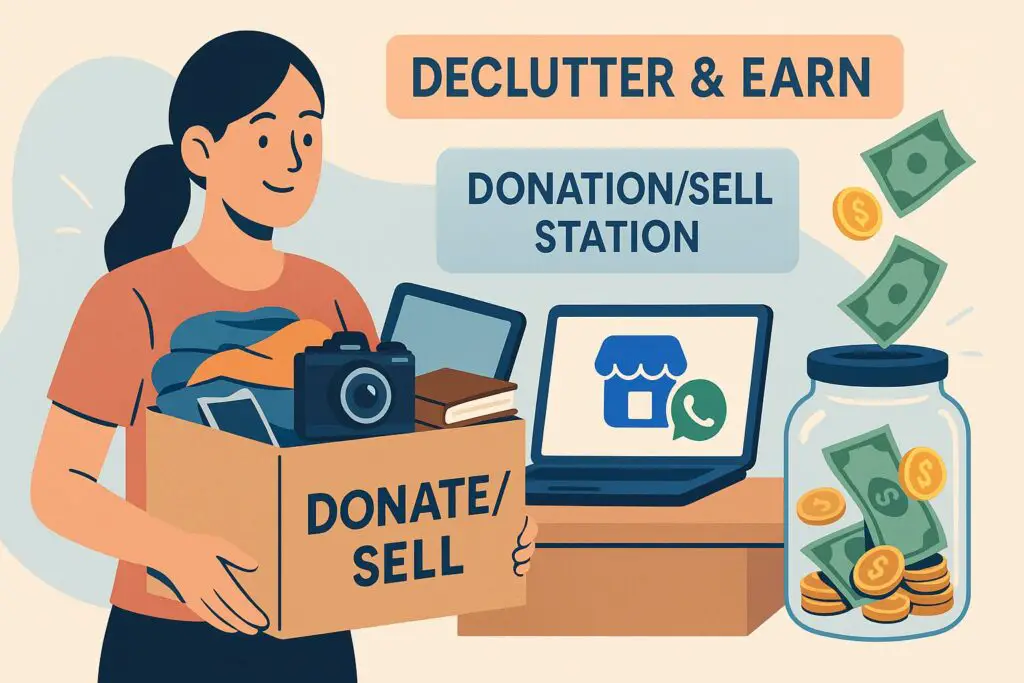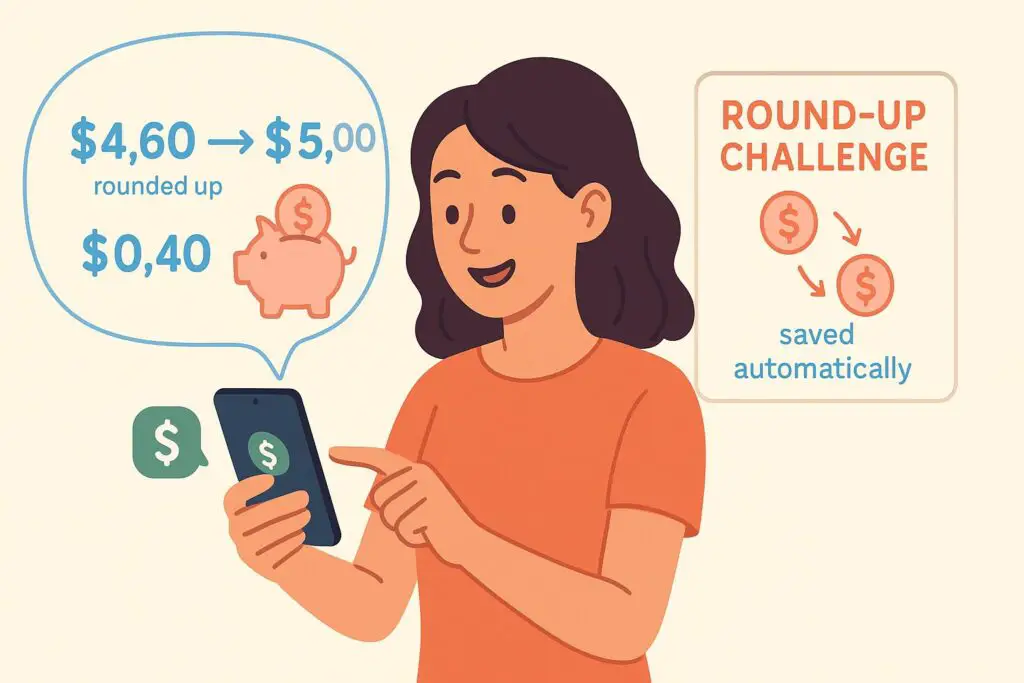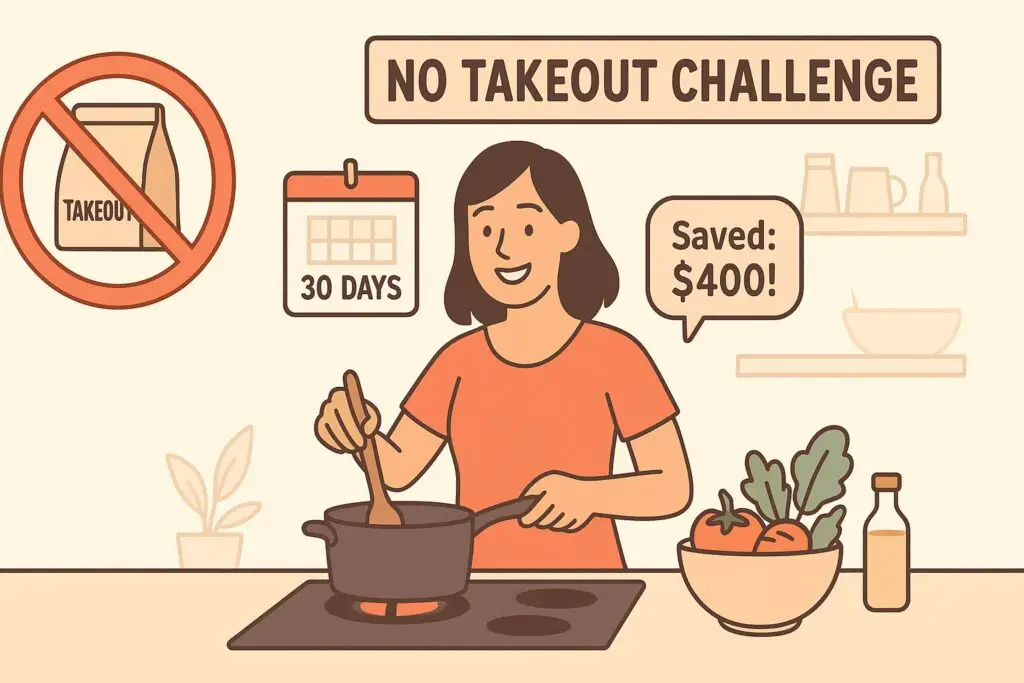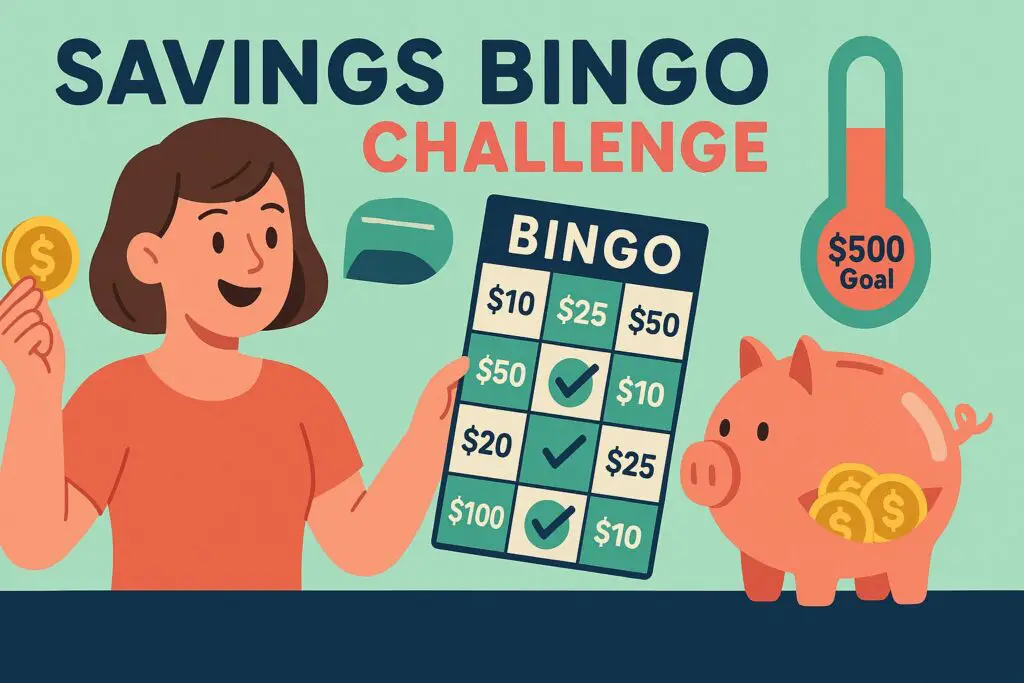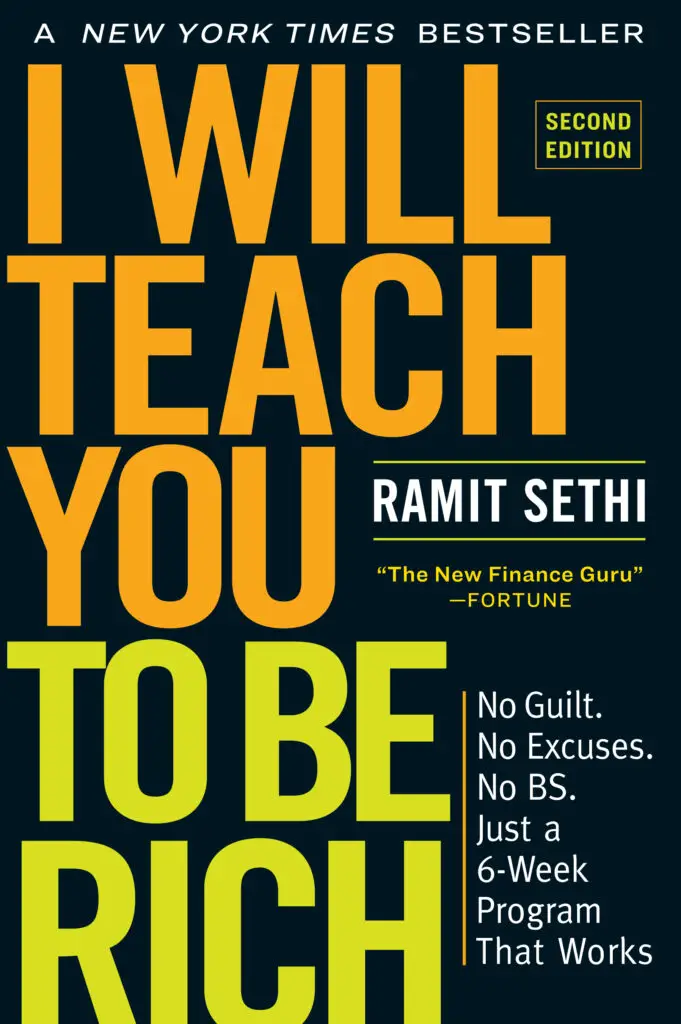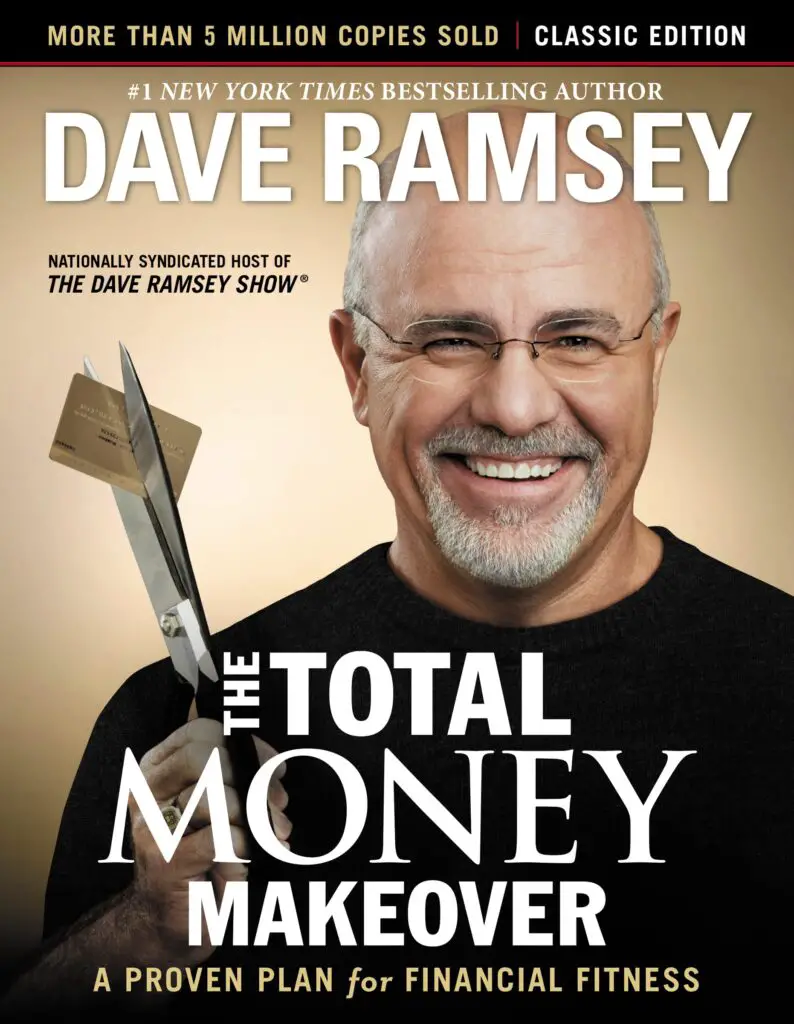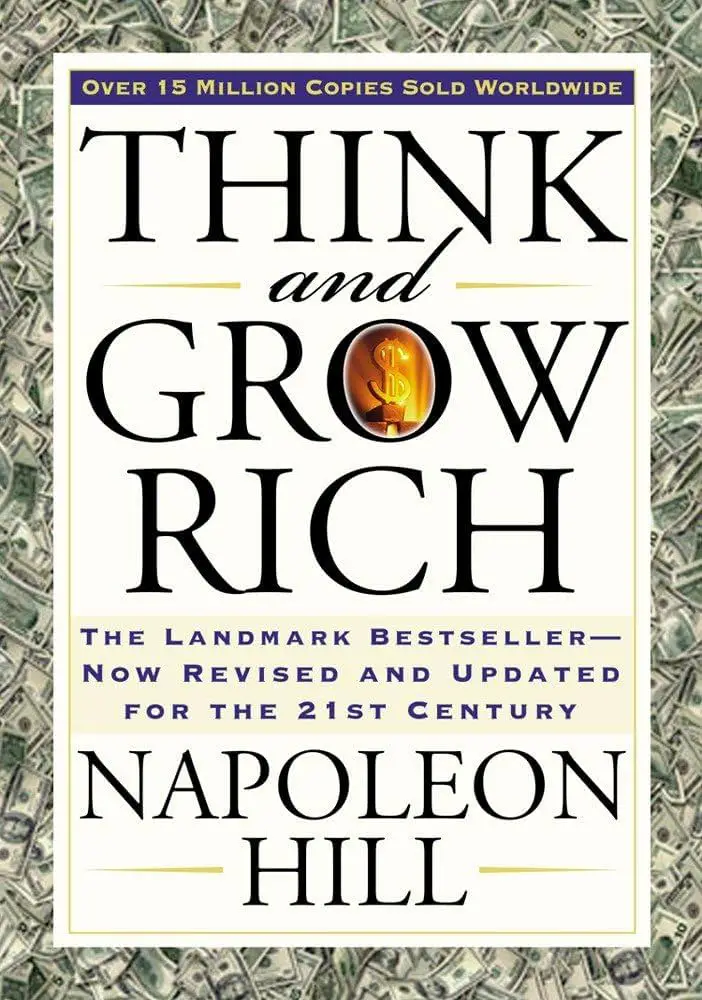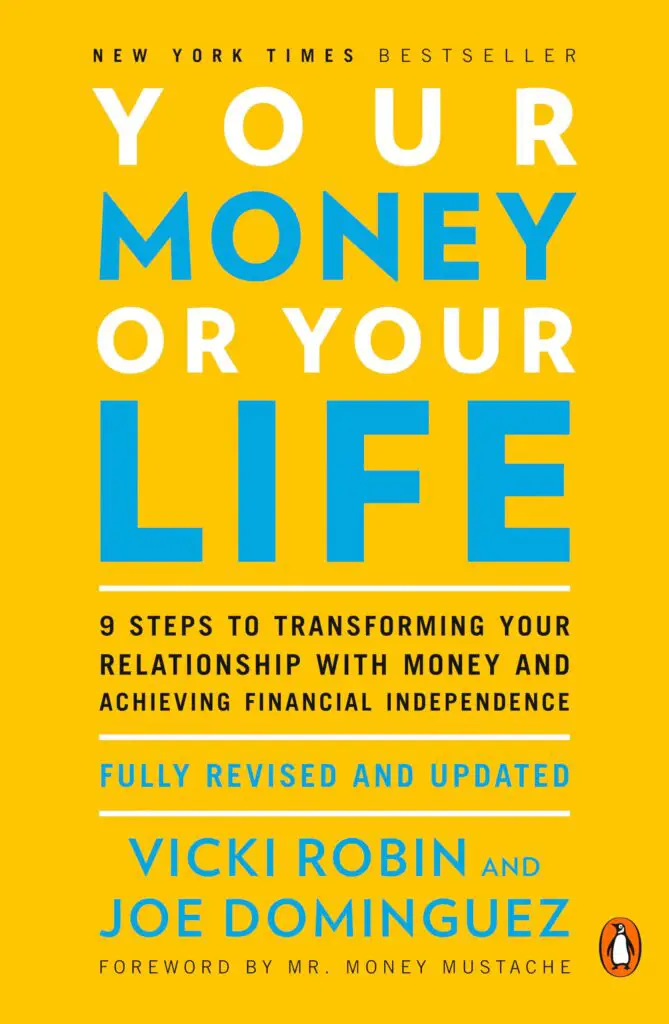Living in an age where information overload is very common becomes overwhelming at times where podcasts, blogs, and self-proclaimed money experts keep telling you the same financial advice; “Don’t buy coffee”, “Start budgeting”, or “Track your expenses”. While these advices remain helpful to some extent, there’s a much quieter world of money-saving tactics that marketers, insiders, and sometimes even financial experts don’t want you to know. This article will help you explore some of them, making you ready to transform your financial habits without having you feel like you’re depriving yourself.
Master the Psychology of Spending

One of the most powerful tools you can use for money saving isn’t any app, tracker, or any helpful banking feature, it’s your own brain. Think strategically and you’re sure to save some money without having it feel like a lot.
1. The 72-hour rule
When you feel the urge to purchase something, whether online or physically, wait 72-hours before you buy it. Most impulse purchases often fade away within the timeline.
2. Use cash instead of cards
Credit cards usually dull the emotional pain of spending. Instead of using cards, prefer paying through cash or prepaid debit cards. Studies show that people spend 15-20% less when using cash.
3. Unsubscribe emails
To prevent yourself from tempting emails leading to impulsive buying, try this hack where you unsubscribe marketing emails and mute shopping apps. This tactic may seem quiet or subtle but is a highly effective one.
Exploit the Loopholes in Subscription Services
Most people often bleed money through subscriptions they don’t even recall signing up for. Another powerful strategy to save money would be through unsubscribing to services such as fitness apps, streaming, or music you no longer use.
1. The rotating membership hack
Instead of paying for multiple platforms for a single service in one month, pick one platform that suits you the most. For example, instead of paying for Netflix, Prime Video, or HBO to watch movies or TV shows, pick one platform a month to subscribe to and rotate based on what you’re interested in to watch.
2. Leverage free trials
Through creativity and problem-solving skills, create a system to rotate free trials using family emails or virtual cards. Many companies often don’t cross-reference names and provide subscriptions based only on emails and cards. The key is to use this hack smartly and not abuse it.
3. Ask to cancel and wait
When you plan to cancel a subscription, many platforms will offer you a discount to stay. Start your cancellation process and wait for a few days to see what discount offer comes your way.
3. Know the Hidden Rules of Price Drops and Returns
Retailers don’t often advertise their secrets of price drops and returns, knowing they can save you hundreds of dollars.
1. Price adjustment policies
Stores like Target or Nordstrom refund you the difference amount if the item’s price you bought drops shortly after your purchase. Mark your calendar for 7-14 days after big purchases to check for price drops and keep in touch with the opportunity to save money.
2. Extended return hacks
If you want to buy a high-end item for a short-term event, go for this helpful hack. Some stores offer 90-day returns, no questions asked whatsoever. If you don’t intend to keep the item, make sure to keep the packaging and receipt in a good condition so you don’t have to deal with any problem returning the item later on.
3. Use chat support to negotiate
Use chat support politely for discounts, especially during checkouts. Ask questions like, Ïs there a discount available for first-time buyers?”, or you can also go with “Can you match this price from another store?”.
4. Slash Your Bills Without Changing Your Lifestyle
This is where it all changes. Most people think saving is about depriving yourself of all the things you enjoy and cutting back on your expenses. But in reality, it’s more of making smart decisions without having to compromise on the luxuries of your lifestyle.
Start by calling your service providers and whether it’s your internet, mobile, or insurance companies, ask for a better rate. Companies spend heavily to get new customers, so they’re usually willing to offer retention deals to attract you to buy their services.
Another strategic way can be to look at what subscriptions or payments you’re automating. If you’ve got something you no longer need or use, consider cancelling it.
For another powerful tip, explore usage-based car insurance. Traditional policies charge a flat rate, but newer models like Roots track your actual driving habits. If you’re a careful driver, these apps can slash your premiums by as much as 40% a year.
5. Game the System with Credit Cards

Credit cards are often portrayed as dangerous, but if used wisely, they can be a powerful tool for saving money or even making them. If you trust yourself with not buying impulsively and paying off your balance in full every month, you can take advantage of what credit card companies offer.
One advantage is signing up for a new card with big welcome bonuses such as cashback, miles, or points, meeting the minimum spend and cancelling the card before any annual fee is charged.
Another move is to pay your balance weekly or monthly. This keeps the utilization low, which positively impacts your credit card score. A higher credits card score means lower interest rates on future loans, saving you money in the long run.
6. Use Tech Tools That Beat Retailers at Their Own Game
Start with price trackers like Honey, or PayPal’s Honey Droplist. They’ll watch your wishlist and alert you when prices drop, so you never have to pay full price.
Always shop in incognito mode or clear your cookies. Some sites hike prices if they know you’ve been browsing an item repeatedly or based on where you live.
And before you buy, go through a cashback site like Rakuten, Swagbucks, or TopCashback. You’ll earn 1–15% back on purchases you were going to make anyway, just for clicking through their link.
These strategies are not about being cheap but more about being smart in your financial decisions and staying one step ahead.
7. Outsmart Grocery and Food Spending
Food waste is basically money waste, and households throw away far more than they can ever realize. One way to avoid wasting money and food, and staying one step ahead is planning. Before hitting the grocery store, spend 10 minutes planning before you go run errands. This helps you avoid impulse shopping and stick with the list you’ve already made.
Moreover, build this habit of checking your pantry or fridge before you go grocery shopping. You might already have enough of a specific item to cook a few meals without having to buy more. This helpful trick can potentially save you hundreds of dollars, making it a considerable option for people looking for effective ways to save money.
8. Delay Major Expenses Strategically
For tech like phones or laptops, wait 3–6 months after launch for their initial prices to drop, bugs to get fixed, and better deals to appear. For cars, December is a more appropriate option where dealerships slash prices to hit year-end quotas.
Moreover, travel smarter by booking flights on Tuesdays, flying midweek, and using a VPN to check fares from different countries to help you find cheaper prices.
9. Learn the Money Funnel Trick
Picture your spending in three categories, with wants at top, needs in middle, and wealth builders at the bottom. Before you spend your money on something, ask yourself questions like, “Is this going to be at the bottom of the funnel?” If the answer is no, pause the spending.
Redirecting more money to the bottom of the funnel like investments, savings, or learning a new skill makes your finances stronger, ultimately affecting your financial independence and freedom, without having you give up on the luxuries and things you enjoy.
Conclusion
Saving money isn’t about saying no to the things you love, it’s about saying yes to your future financial independence. The real power comes from knowing how the system works and using it to your advantage, not just following the same old advice. These strategies, whether it’s knowing about price drops and returns or outsmarting the system, aren’t about restriction, they’re about freedom. The more you take control, the less your money controls you. So start small with one habit at a time and soon, you won’t just be saving, you’ll be building a life where every dollar works for you, not against you.





